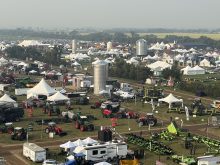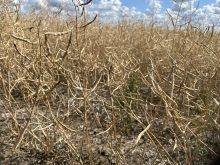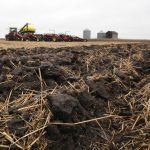WHEN Canadian farm leaders meet in St. John’s, Newfoundland late this week, they face a delicate issue far greater than whether they can squeeze more money and more farmer-friendly aid rules out of Ottawa and the provinces.
The greater issue is whether they can convince farmers from across the country to agree on the design of a new safety net funds-sharing formula.
This has become the greatest obstacle to doing what everyone seems to agree must be done: design a new long-term disaster relief fund that will act as the long-promised third line of defence.
Read Also
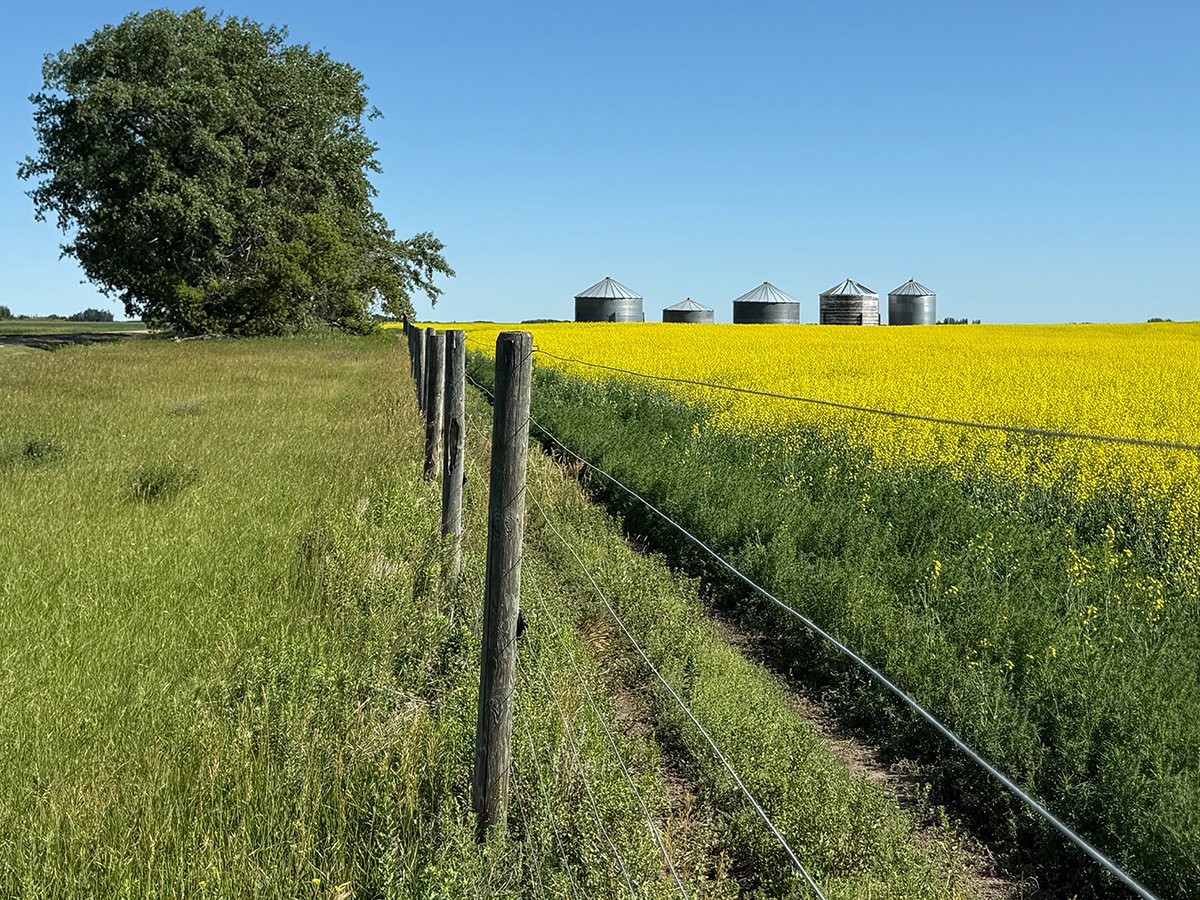
Producers face the reality of shifting grain price expectations
Significant price shifts have occurred in various grains as compared to what was expected at the beginning of the calendar year. Crop insurance prices can be used as a base for the changes.
If the Canadian Federation of Agriculture board could find a compromise on funding that the vast majority of regional and provincial farm lobbies could accept, politicians would embrace the plan and the CFA.
Such a Solomon solution seems unlikely from this CFA board meeting.
It is one thing to unify farmers in a bid to criticize government policy or to ask for more. It is quite another to mediate between conflicting regional interests over how that money should be distributed.
By now, the arguments are familiar.
Seven provinces have united to say the existing safety net distribution system is too weighted to compensate for risk, which favors export-oriented Saskatchewan and Manitoba. They insist any new formula for long-term aid also divide money on the basis of the value of food output in each province.
Saskatchewan and Manitoba have rejected that as unfair, suggesting it would take tens of millions of dollars of safety net funding out of their provinces and send them to provinces where income is more stable and more safety net spending is not obviously needed.
Federal and provincial politicians face a deadline of getting a new long-term plan approved by early next year but they also are deadlocked because of conflicting pressures from their farmers.
Who can blame them for not wanting to go out on a political limb? And who can blame federal agriculture minister Lyle Vanclief for not wanting to impose a solution on warring provinces?
So far, the farm lobby has seemed content to stand back and criticize the politicians for not being able to move forward.
That is too easy. Farmers have an obligation to try to find a solution as well.
The CFA board meeting in St. John’s has representatives from all provinces.
True, many of the key national farm lobbies, from cattle to horticulture and the political Ontario corn lobby, are not represented.
But CFA represents the most diverse house of agriculture going in this country and it is always griping that sectors that choose not to join the broad lobby weaken the cause.
Finding a practical compromise to the thorny issue of how to divide new safety net spending between risk and crop value would be a major contribution to the torturous Canadian attempt to design new safety net rules.
And it would enhance CFA credibility as the reasonable voice of Canadian farmers, able to broker the necessary compromises that help politicians do their jobs.
Over to Bob Friesen and friends … .

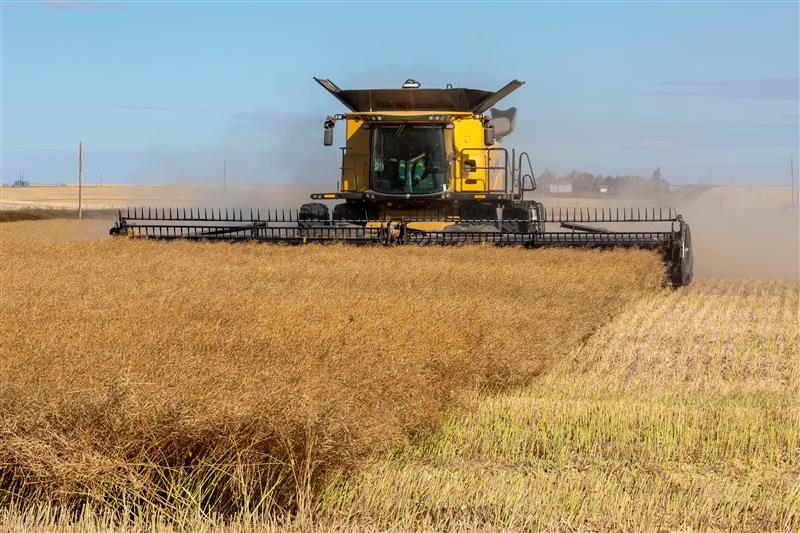



![Protesters crowd a street carrying signs that read, "Global warming real. In other news, water is wet," and "Stop denying the [blue painted pic of the Earth] is dying."](https://static.producer.com/wp-content/uploads/2025/07/29145152/158171_web1_2019-10-18T222818Z_1221762151_RC14C26A65A0_RTRMADP_3_CLIMATE-CHANGE-THUNBERG-1200-220x165.jpg)
